Connection Stability
Unique Melody U-Free earbuds utilize Qualcomm’s QCC5144 chipset to ensure a stable and efficient wireless connection. Throughout my testing, these earphones maintained fast and reliable pairing with a range of devices on both iOS and Android platforms. Connection stability was consistent, with no dropouts or issues detected during use. Codec support on the U-Free includes SBC, AAC, and AptX Adaptive, with AptX Adaptive recommended for optimal sound quality. My overall experience with the U-Free’s connectivity was positive, reflecting the reliability of the QCC514X series chipsets, which I have found to be dependable in the past.
In terms of signal latency, my Snapdragon 8 Gen1+ phone running Android 14 showed some latency within the YouTube app. However, activating the gaming mode available through the app reduced this latency to a more manageable level. Despite this improvement, I would not recommend these earphones for gaming due to the lag. On iOS devices, which are limited to the AAC codec, latency is slightly lower, resulting in better audio-visual synchronization within apps such as YouTube and offering a slight advantage over Android devices using AptX Adaptive with the Gaming mode enabled. However, I can’t recommend it for iOS gaming, either.
Battery Life
In line with industry standards, the Unique Melody U-Free earphones deliver up to 7 hours of playback on a single charge. The 240mAh battery in the charging case gives you an extra 12-14 hours and in total, giving you around 20 hours of listening time before the case needs recharging. In my use case, which included streaming from Qobuz with AptX Adaptive and the built-in EQ in use, the earphones lasted for a solid 6 hours. This is plenty of battery life for everyday use. Charging the case using the supplied USB-C cable took around 1.5 hours to fully charge, while the earphones can reach full charge in less than an hour.
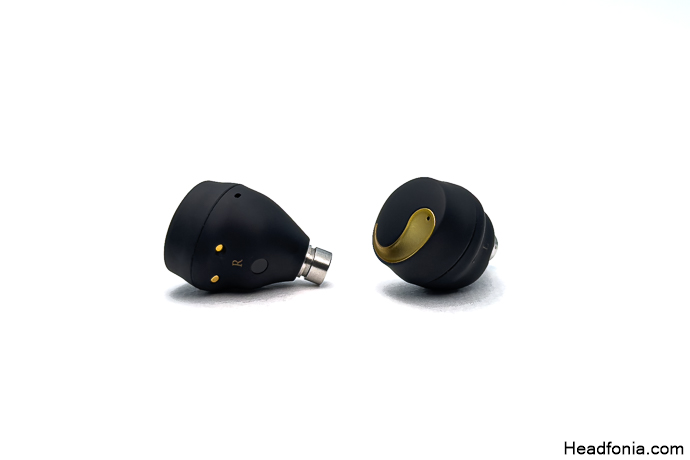
Call Quality
There are two cVc noise-canceling, multi-directional microphones on each side of the U-Free TWS earphones. My call quality tests showed that the microphones effectively picked up and transmitted clear voice audio in quiet environments. In noisy environments, however, the microphones’ performance faltered slightly, picking up background noise along with my voice. Despite this, Unique Melody has done a good job with the microphones, given the design and other features of the earphones.
However, you should moderate your expectations and not expect the same level of noise cancelling performance as you might get from devices like the Airpods Pro 2, which have rod/stem designs.
Sound & Performance
The U-Free TWS earphones from UM offer a flat and neutral tuning that we rarely see in the wireless market. It sounds fairly balanced to my ears, however, the low-end is heavily dependant on the ear tips and ear anatomy, so I advise you to experiment with your own tips to find a sweet spot. The stock tuning have slightly recessed sub-bass range, and may come as too flat for some, however, the full range driver accompanied by the piezo actuator impressed me with its technical capability and clarity. To get a more coherent and more balanced presentation out of the U-Free, you have the option to boost the bass range +3dBs, a limit set by UM’s application. I hear no amplification difference and the technical capability is intact after applying the EQ, which could mean that through the app we actually control the DSP inside the earphones themselves, which is a more ideal and lossless approach when it comes to EQ’ing.
Let’s take a closer look at it. Note that I’m testing it on Android, using Qobuz Studio & AptX Adaptive codec.
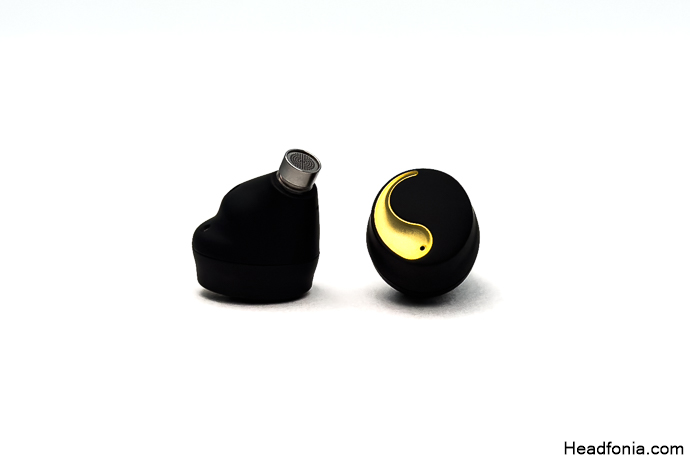
Sound & Performance
The U-Free TWS earphones from UM offer a flat and neutral tuning that we rarely see in the wireless market. It sounds fairly balanced to my ears, however, the low-end is heavily dependent on the ear tips and ear anatomy, so I advise you to experiment with your own tips to find a sweet spot. The stock tuning has a slightly recessed sub-bass range and may come across as too flat for some. However, the full-range driver, accompanied by the piezo actuator, impressed me with its technical capability and clarity. To get a more coherent and more balanced presentation out of the U-Free, you have the option to boost the bass range +3dBs, a limit set by UM’s application. I hear no amplification difference, and the technical capability is intact after applying the EQ, which could mean that through the app, we actually control the DSP inside the earphones, which is a more ideal and lossless approach to EQ’ing. Let’s take a closer look at the U-Free. Note that I’m testing it on Android, using Qobuz Studio & AptX Adaptive codec.
Bass
The U-Free is on the lighter side when it comes to bass extension, impact, and rumble. However, the speed and agility of the bass are impressive; the carbon nano diaphragm DD is able to keep up with twin pedal passages with ease, even with +3 dB of EQ applied through the app. With the EQ, the U-Free feels more balanced and offers better low-end extension and impact. It also improves instrument base and tonality, resulting in a better midrange tonality. There is no noticeable mid-bass hump or mid-bass recession; the mid-bass is entirely flat and neutral, which helps with the airiness and spaciousness that I hear.
Mid
The midrange of the U-Free is articulate, clean, and resolving for a TWS. Both male and female vocals sound clean and clear, with a good amount of presence. The male vocals’ texture and tonality are good, with an adequate amount of weight to the male vocals. Overall, the midrange, in general, does not feel artificial or thin; instruments have adequate weight and sound impressively clean for a TWS. There’s plenty of air here, thanks to the vivid and energetic upper midrange tuning. The upper midrange is a little more pronounced compared to the rest of the midrange, enhancing dynamism. The hi-hats and cymbals sound vibrant and lively without being too sharp or prone to sibilance, which is very good.
Treble
The top octave is airy, spacious, and expansive. The detail-retrieval here is also quite good. The treble bite is controlled, and you do not feel it becoming overwhelming. Instruments such as crashes and hi-hats do not feel unnatural and disperse well into the medium-sized stage of these little earphone projects. Overall, the U-Free is able to present details in a revealing manner but is not overdoing it, hence you get a balanced presentation, especially with the EQ setting I provided in the ”Controls” section.
Technical Capability
The U-Free features a good set of skills thanks to a well-thought-out and tuned driver arrangement. The attack-decay is fast; the transients feel snappy. It handles congestion and complex passages well and offers a medium-sized soundstage with adequate depth. The airiness and spaciousness of the presentation are impressive for a TWS. There is a good amount of air between the instruments, and you do not feel claustrophobic. I would say that the U-Free is a good all-rounder if you are not a basshead and impresses with its solid technical capability. On a side note, the amplification is quite impressive; the U-Free can reach around 100-110 dB.
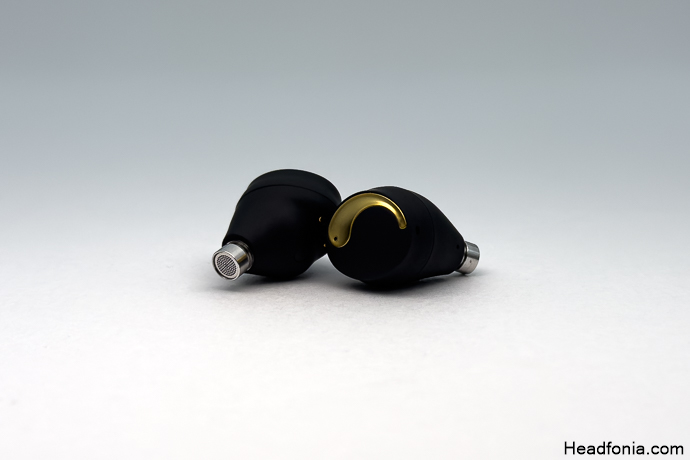
Comparison
vs. Noble Audio FoKus Mystique ($359 USD)
Noble FoKus Mystique is one of the latest TWS models of the Noble Audio, featuring a 3-driver hybrid configuration with one 8.2mm dynamic driver and two balanced armature drivers. It utilizes Qualcomm QCC3040 Bluetooth chip and supports Bluetooth 5.2. Similar to the U-Free, it supports SBC, AAC, APTX, and APTX adaptive codecs.
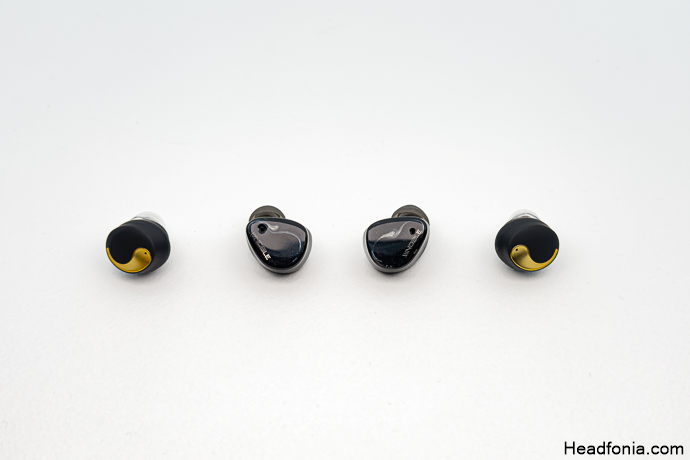
In terms of build quality, the Mystique offers a unique and aesthetic 3D-printed shell with a designer faceplate. It features embedded touch sensors. It looks like a custom in-ear monitor but without any wires. In my opinion, there is little to no competition here. Noble created one of the firsts in the industry with the FoKus line, built and aesthetic-wise.
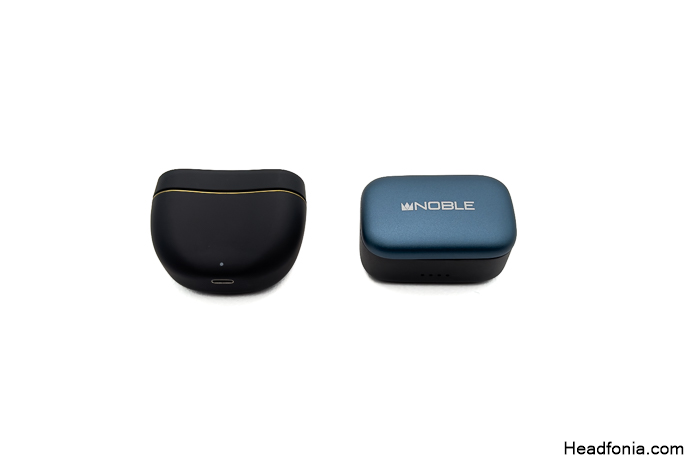
When comparing sound quality, the Mystique impresses with bolder tonality, bass weight, and impact. The U-Free impresses with its spacious and airy presentation. The U-Free’s tonal balance is better compared to the Mystique’s. The Mystique offers a more V-shaped tuning in comparison. Both earphones offer remarkable resolution in the wireless sphere. Both models offer similar PRaT with adequate agility, making them great all-rounders. While the U-Free has an advantage with its ANC feature, the Mystique offers better passive isolation and a slightly better overall fit.
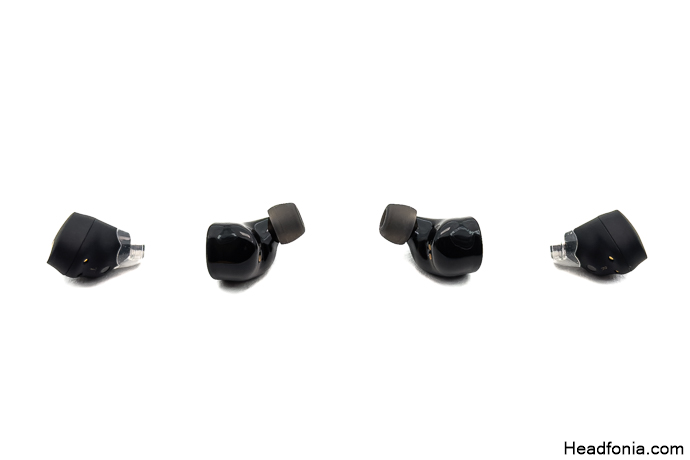
Both of the IEMs perform reasonably well for their price point, and it is down to personal preferences to decide between both. If you listen to EDM and similar bass-heavy genres, go with the Mystique. If you are a fan of classical, jazz, and genres that feature more natural instruments, go with the U-Free.
Last Words
In conclusion, the Unique Melody U-Free is a worthy contender in the TWS market. Its distinctive characteristic is that it offers a flat and neutral sound profile, which is a rarity in the wireless market. This, combined with the technical prowess and clarity of the presentation, makes them an ideal choice for audiophiles seeking balanced sound on the go.
Pros
+ Great sound
+ Great tonal balance
+ Solid technical capability
Cons
– Unimpressive build quality
– Tip dependency
– Price
Page 1: UM, U-Free, Packaging & Accessories, Design, Build & Fit, Controls & App Support, Modes
Page 2: Connection Stability, Battery Life, Call Quality, Sound & Performance, Comparison, Last Words





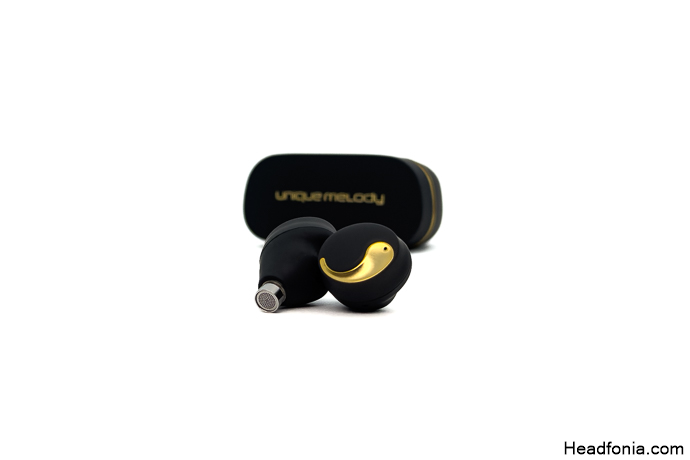
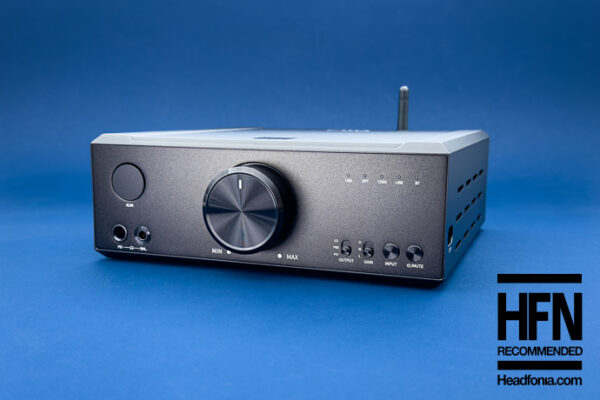
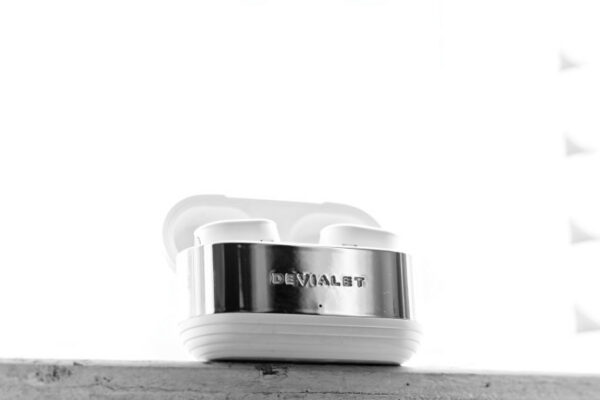
Ted
U-Free is the only tws I’ve actively despised. The bass isn’t just lite but almost non existent without any texture to it. The mids and highs were both quite nice but the fit along with the design is reminisce of a $23 Chinese companies first attempt and made me question how it was released by the same company with so many great iems (and if those items are as good as reviews make them sound)
Lieven
Have you tried tip rolling?